Dry Needling
Dry Needling is an emerging therapeutic modality that involves the targeted insertion of thin needles into specific areas of muscle tissue, known as trigger points, to address pain and dysfunction. Unlike acupuncture, which is rooted in traditional Chinese medicine, Dry Needling is grounded in Western medicine and neurophysiology. The term "dry" refers to the absence of injecting any substance into the body, distinguishing it from other needling techniques. The mechanism of action behind Dry Needling lies in its ability to elicit a local twitch response in the muscle fibers. This response is believed to release muscular tension, reduce inflammation, and stimulate the body's natural healing processes. Dry Needling is commonly used to address a variety of musculoskeletal issues, including myofascial pain, muscle tightness, and trigger points associated with chronic pain conditions. This technique is often integrated into physical therapy or rehabilitation programs to complement other interventions such as exercise, manual therapy, and stretching. It is considered a safe procedure when performed by trained and licensed practitioners, following established guidelines and hygiene protocols. Patients may experience mild discomfort during needle insertion, but this is typically temporary.
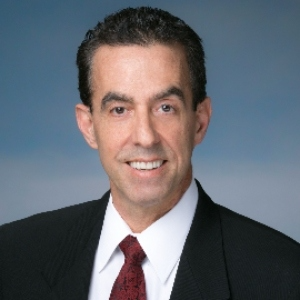
Jay Spector
American Academy of Podiatric Sports Medicine (AAPSM), United States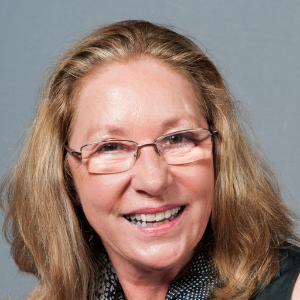
Marcia J Scherer
Institute for Matching Person and Technology, United States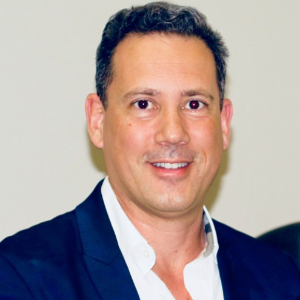
Marcos Brioschi
American Academy of Thermology, United States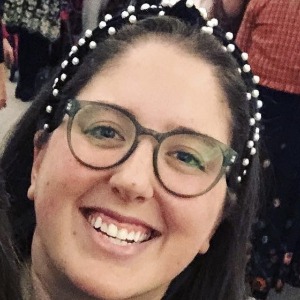
Blair Gorenberg
Shirley Ryan Abilitylab, United States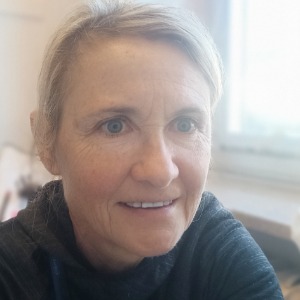
Roberta Sartori
IRCCS Materno-Infanitle Burlo Garofolo, Italy
Cho Li Yin
Taichung Veterans General Hospital - VGHTC, Taiwan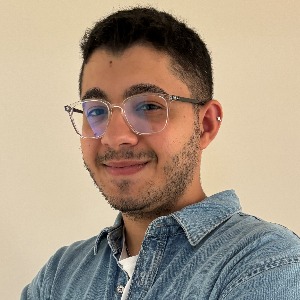




Title : Best practice guidelines for the use of pharmacological neuromodulation in disorders of diminished motivation: A comprehensive approach
Vaidya Balasubramaniam, Illawarra and Shoalhaven Local Health District Hospitals, Australia
Title : A forgotten component of knee osteoarthritis
Ron Blehm, EEI Physio LLC, United States
Title : Functional outcomes of DSSA-Based pelvic rehabilitation combined with manual therapy and electrostimulation in men after oncologic surgery: A retrospective case series
Eren Uyar, Fizyomen Physiotherapy & Rehabilitation Center, Turkey
Title : We are living and working in the age of individualization
Marcia J Scherer, Institute for Matching Person and Technology, United States
Title : Efficacy of Inspiratory Muscle Training (IMT) in post-weaning ICU recovery: A clinical randomized controlled trial
Warda Khan, Chongqing Medical University, Pakistan
Title :
Subramanya Adiga, Middlemore Hospital, New Zealand